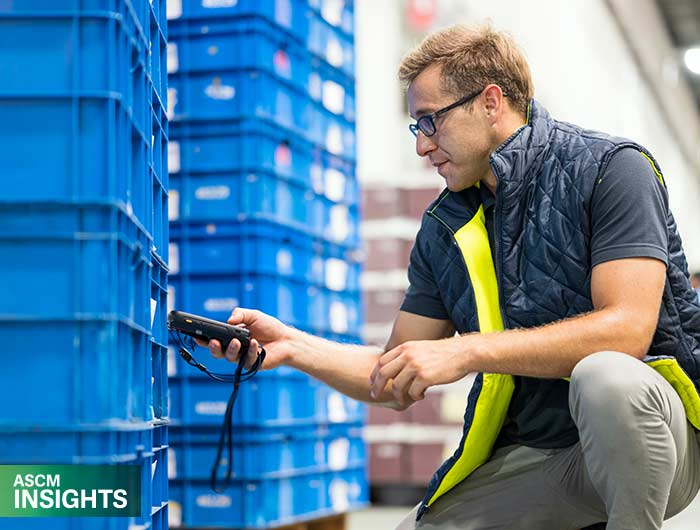Editor’s note: This blog post is adapted from the research article "Fitting digital visualization board transitions to shop floor tasks," published in the Journal of Operations Management. The article's findings have been translated into practical insights and actionable advice for manufacturing executives seeking to optimize their operations through the implementation of digital visualization boards.
Digital visualization boards (DVBs) offer manufacturers a powerful tool for enhancing operational efficiency, reducing costs and gaining a competitive edge. By providing real-time data and insights into production processes, these interactive displays enable businesses to make informed decisions, optimize resource allocation and identify areas for improvement.
Integrating DVBs into a manufacturing environment requires a delicate balance between technology and human factors. Simply installing a board isn't enough; it must be designed to meet the specific needs of shop floor workers. This involves understanding their tasks, challenges and how they interact with the information presented on the board. It also includes providing relevant information, enabling easy data access and facilitating communication.
Access to up-to-date information is essential for effective decision-making. DVBs should display real-time data on production metrics, machine status and inventory levels. Shop floor conditions can change rapidly, so DVBs should be flexible enough to adapt to new situations and display different types of information as needed. And to provide a comprehensive view of operations, DVBs should integrate with other enterprise systems such as enterprise resource planning and manufacturing execution systems. Finally, the board's design should be intuitive and easy to understand, even for workers with limited technical expertise.
The role of technology and management
To effectively implement DVBs, a combination of technology and management expertise is essential. Technology provides the tools and infrastructure, while management ensures alignment with business goals and user needs.
Technology considerations include:
- Data collection: Robust data-collection systems are crucial for feeding accurate information to the DVB.
- Data visualization: Effective visualization techniques are essential for presenting complex data in an easily understandable format.
- Hardware and software: Choosing the right hardware and software components is crucial for optimal performance and scalability.
Management considerations include:
- Change management: Implementing DVBs requires effective change management strategies to overcome resistance and ensure user adoption.
- Training and support: Providing comprehensive training to shop floor workers is essential for maximizing the benefits of the DVB.
- Continuous improvement: Regularly assess the board's effectiveness and make adjustments as needed.
Several challenges can hinder the successful implementation of DVBs. Inaccurate or incomplete data can render the DVB useless. Shop floor workers may be resistant to new technology, requiring effective change management strategies. Hardware or software issues can disrupt the board's operation. And integration with existing systems can be complex and time-consuming. To overcome these challenges, manufacturers should invest in data quality initiatives, provide comprehensive training, and establish robust support channels.
Measuring the impact
To evaluate the effectiveness of a DVB, it's essential to track key performance indicators (KPIs) such as production efficiency, inventory turnover, machine uptime, quality defects and worker satisfaction. By monitoring these metrics, manufacturers can assess the impact of the DVB on shop floor operations and identify areas for improvement.
To maximize the benefits of DVBs, be sure to collaborate with workers to understand their needs and preferences. Begin with a pilot project to test the concept before full-scale deployment. Regularly assess the board's effectiveness and make adjustments as needed. Ensure workers are properly trained on how to use and interpret the information on the board. Track KPIs to evaluate the impact of the DVB on shop floor operations.
By following these guidelines and addressing potential challenges, manufacturers can harness the power of digital visualization boards to improve efficiency, reduce waste and enhance overall shop floor performance.
Learn more about the Journal of Operations Management here.



